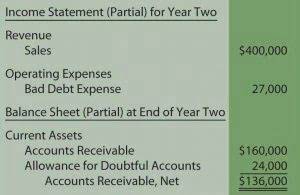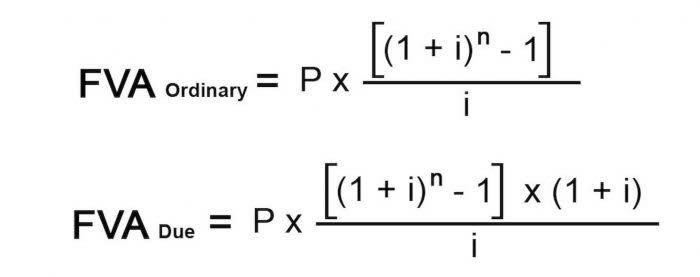Unlike traditional accounting that’s planned on a monthly and/or quarterly cadence, project accounting needs to be done in real-time. Instead, accounting for all tasks and resources from the get-go can prevent cost overruns — subsequently improving project accounting. The top struggles are mainly based on accurate tracking and reporting financial data all while ensuring there are no cost overruns.
accounting project management techniques
This will help management determine if similar projects will be worth the effort in the future. Consider how you can use project accounting in the construction industry. If you’re simultaneously constructing homes, offices, apartment buildings, and shopping centers, you can’t just report on the costs of those construction projects in one place. To get a clear view of the cost-benefits of each building, you need to track individual project financials and budget. If you want to nail down the details at every level of your project, then project accounting is your go-to method.
Project Accounting Software for Small Business
Project accounting brings a world of benefits for those who employ it in their business. This practice is specifically beneficial for big businesses with operations across various industries. It is nothing but accounting done individually for each project that is diverse enough to require it. Let’s begin from scratch by discussing what project accounting actually is. We hope this blog post will help you keep an eye on your projects and make the most of project accounting.
Tip #3: Create financial reports regularly
- While it does sound like a different term altogether, project accounting isn’t any different in the fundamentals it shares with the traditional accounting methods.
- At the end of the day, only by tracking resources, you can collect the puzzles and say if the numbers are inside or outside the established perimeter.
- Registering time, your teams can see it reflected on the project’s progress, while you can monitor project cost carefully.
- Project cash flows refer to cash moving in and out of an organization and determine the project’s rate of return or value.
- There are certain aspects of project accounting that differ from normal accounting, which this article aims to discuss in detail.
A great aspect of project accounting is that it is carried out while the project is ongoing. Thus, project managers can regularly update all the stakeholders involved and provide reports during every project stage. But project accounting is also a great tool for improving profitability, saving money, and meeting deadlines. You can use it to identify inefficiencies, cut costs, and improve productivity. In this article, I’ll give you some best practices that you can use when implementing project accounting in your organization. Again, the solution to this is automating accounting so you don’t have to tend to spreadsheets or create financial reports all by yourself.
Set the baseline to track planned costs against actual costs in real time. https://www.englishbulldogbreeders.net/how-to-choose-the-right-english-bulldog-for-you/ software for small business is automation for project-specific financial needs. Do a better job at containing project costs and avoid common project management errors with project accounting. Empower your business to increase your control over projects and their outcomes to help you achieve your goals and grow your company. With next-level accounting software like QuickBooks Online Advanced, project accounting is more streamlined and easier than ever. Additionally, project accountants ensure that project costs are allocated accurately and that all additional expenses and overheads are accounted for.
Staff Accountant
Essentially, project cost accounting methods should involve the following aspects. What’s more, you can always rely on project accounting software to make the process of tracking your costs much easier! You should use the tips from this article to find the best option on the market. For instance, dedicating some time to research and analyzing features and pricing that fit your needs will go a long way in this process.
Project-based accounting vs. general financial accounting
Below is the actual units delivered from the information in the contract above. Deskera is a cloud system that brings automation https://www.for.kg/news-617428-en.html and therefore ease in the business functioning. Deskera Books can be especially useful in improving cash flow for your business.
Furthermore, you can use project accounting to examine the progress of a project at every phase. Project managers can use the resulting information to identify potential cost savings and make adjustments to the project budget on the go. However, dedicated project accounting software is engaging and automated, empowering real-time decision making without requiring hours of work.
- In addition, project accountants review processes for managing accounts and work with auditors.
- Some projects, like simplifying a time-card system, don’t even make money directly, but they set the stage for a wider profit margin in the future.
- This blog serves as your guide to navigating the multitude of project topics for accounting students, categorized under key areas within accounting.
- This free project timesheet template allows you to keep track of the work hours your team members have spent on project tasks, their pay rate and their corresponding payment.
They work closely with the project team to provide real-time financial reports and key performance indicators. Implementing http://firsthelp.su/raznoe/160-gady-tozhe-nuzhny-gady-tozhe-vazhny.html practices allows businesses to achieve accurate tracking and real-time visibility into the financial health of their projects. Implementing project accounting into your management process could be the difference between a successful outcome and budget overrun, lack of resources, and costly delays. Keep your finances on track with Asana—manage transactions and time, keep project financials organized, and run financial reports with ease. ProjectManager lets you make a cost management plan, organize tasks, resources and more. You can set your budget and track it in real time, creating detailed reports to help you stay on schedule and within budget.









